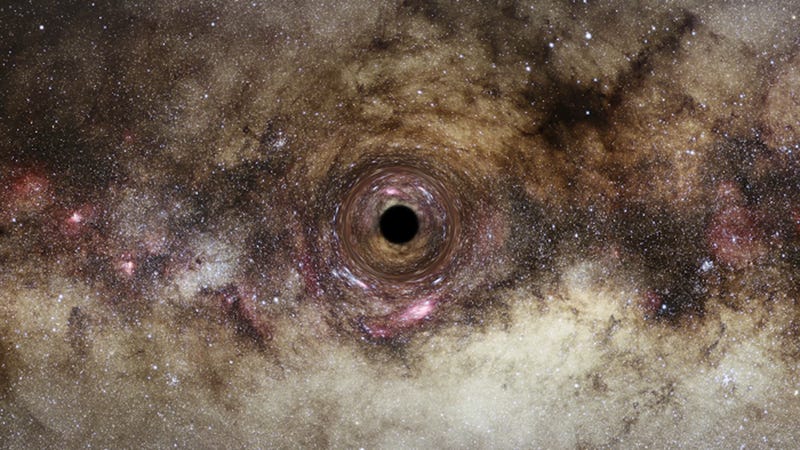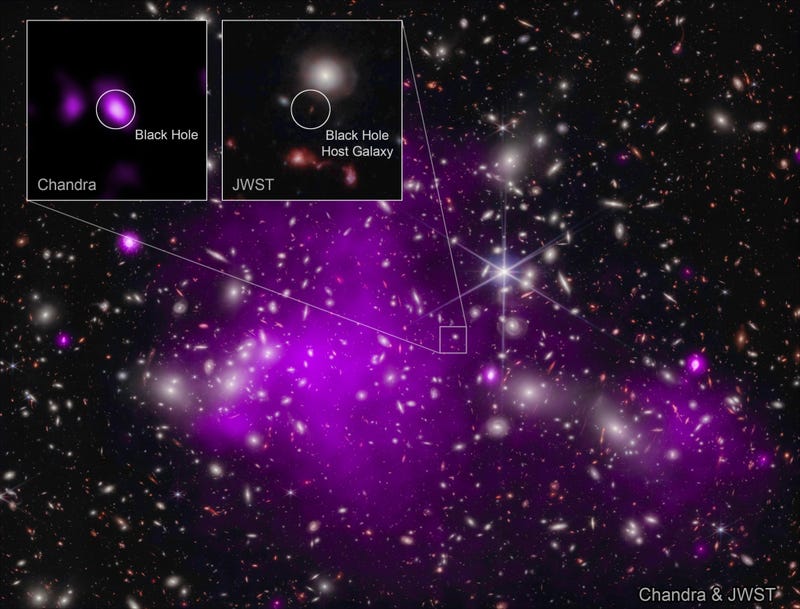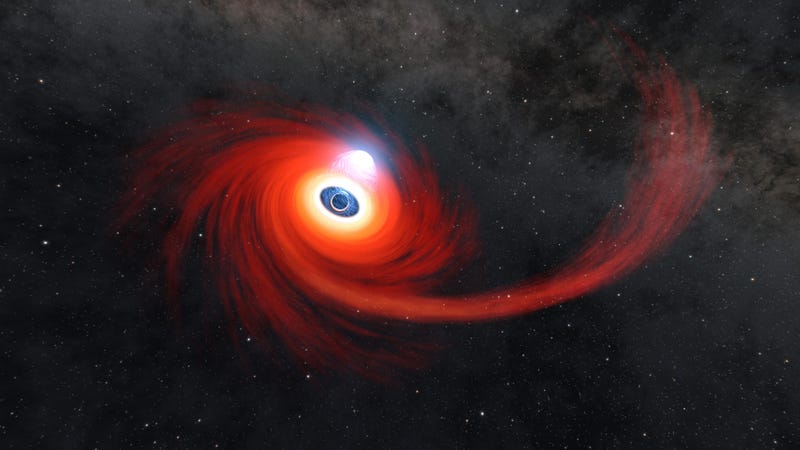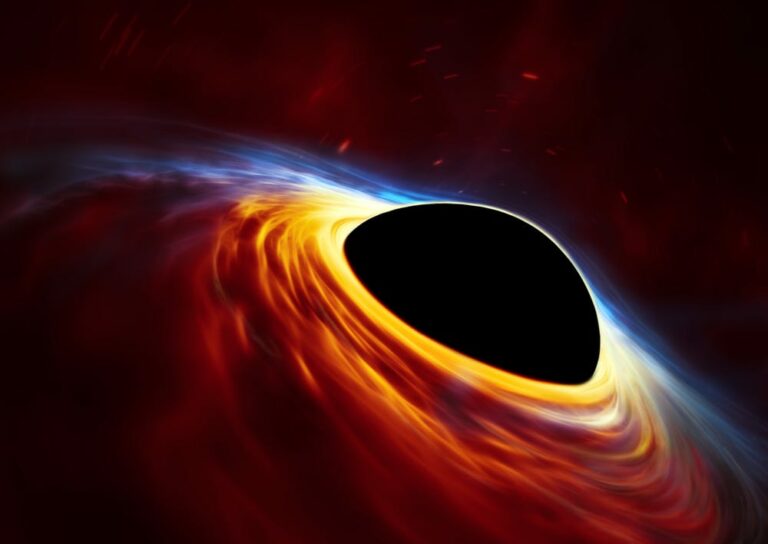James Webb Space Telescope Sets New Record in Unearthing the Oldest Black Hole, Leaving Astronomers Perplexed About the Universe’s Origin
The James Webb Space Telescope has made a groundbreaking discovery, uncovering the most ancient black hole ever observed and surpassing its previous achievement.
This black hole originated over 13 billion years ago, emerging approximately 430 million years after the occurrence of the Big Bang. In the grand scheme of cosmic time, this is merely a fleeting moment. During the time this black hole was consuming its host galaxy, the universe was still in its early stages of development.
Remarkably, this black hole predates the record-breaking one that Webb had previously detected and announced in November by approximately 40 million years.

Scientists are facing even greater perplexity due to the recent revelation, as this colossal black hole has left them utterly baffled about the origins of the universe. The findings were meticulously documented in a scholarly article published in the esteemed scientific journal Nature on Wednesday.
Scientists don’t understand how black holes got so big so fast
Black holes are formed through the collapse of dying stars, resulting in an incredibly dense object with an immensely strong gravitational force that even light cannot escape from. As these black holes consume matter from their surrounding galaxies, they can grow in size.
The recently identified black hole is several million times more massive than our sun. Based on scientists’ current knowledge of this process, it would have taken approximately one billion years for it to reach such a size. However, considering its age, this ancient black hole managed to undergo an astonishing growth spurt in less than 400 million years.
Interestingly, this is not the first instance where scientists have come across a black hole that appears too large for its era. In November, another ancient black hole was discovered, which turned out to be a supermassive one with a mass ranging from 10 million to 100 million times that of our sun.

Daniel Holz, a black hole researcher at the University of Chicago, compared the discovery to observing a kindergarten classroom where one child stands out due to their enormous size and height. He emphasized that this black hole is exceptionally large and formed at an early stage. On the other hand, Roberto Maiolino, an astrophysicist from the University of Cambridge, described the identification of this colossal black hole as a significant advancement in our understanding of the universe’s early development.
A cosmic clue in this black hole’s outsized appetite

This ancient black hole appears to be consuming the gas in its galaxy at a much faster rate compared to its counterparts that emerged later in the universe. The researchers believe that its rapid consumption is causing an ultra-fast “wind” of gas, which could hinder the formation of new stars and potentially harm the galaxy.
This excessive consumption of the black hole could indicate a missing piece of the puzzle. It is possible that early black holes devoured material at a rate five times faster than what scientists previously believed to be possible.
According to Maiolino, “Very early galaxies were extremely rich in gas, making them a perfect feeding ground for black holes.”
Alternatively, early black holes might have been born with a larger size, but this raises further questions. It remains unclear how the early universe could have given birth to something so massive.
Maiolino compares studying the early universe with Webb to upgrading from Galileo’s telescope to a modern one overnight. The team hopes to use future Webb observing time to search for smaller “seeds” of black holes.
As Webb continues to explore the depths of the universe, it may uncover even older black holes, bringing us closer to the beginning of everything and enhancing our understanding of it all.
Do not forget to share your opinion with us to provide you with the best posts !




0 Comments